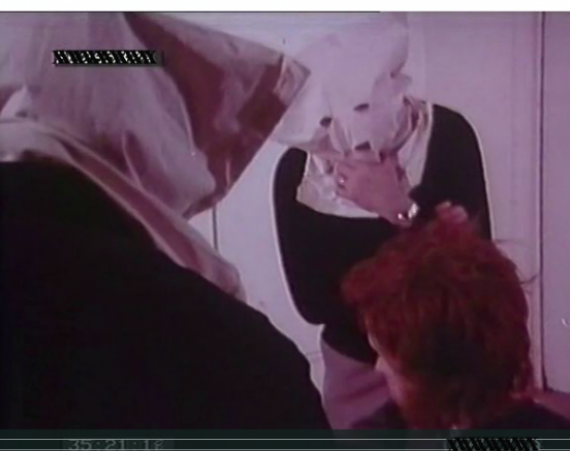„DER FACHIDIOT?” : The Paratechnic in the Monotechnic
13:30 Provocation Paper for CHEAD, ‘Agents of Change: Art School & Universities’ http://chead.ac.uk/wp-content/uploads/2016/03/CHEAD-Annual-Conference-2016-programme.pdf

Wandergesellen: Alexander Kiefer (center) with his journeymen in his last travel section of Niederwinden
Since the early ’60s, increasingly integrated paratechnical curricula have been (begrudgingly) hosted by monotechnical art and design schools. I outline the key characteristics and limitations of the (modernist) monotechnical art and design curriculum and give some examples of different integrated paratechnical tactics and strategies. From this, I suggest that the paratechnic attempts to pursue the following qualities:
Diversification of methods and communities of practice
Externally-networked dissensus (Bill Reading’s ‘University of Dissensus’)
1:1 scale immediation (non-representational)
Ludic, adaptive flow
Paragogical cooperation and collegiality
An opportunity lies in admitting that the monoculture of art and design education – its internal ethics – still nurtures modernist assimilation and bias, and that, in preventing art and design from realising its educational potential, fachidiots place their own field at risk of redundancy. From this we may begin a productive transformation of the art school’s communities of practice (its variety of staff and students) and their relations with international communities of purpose.

